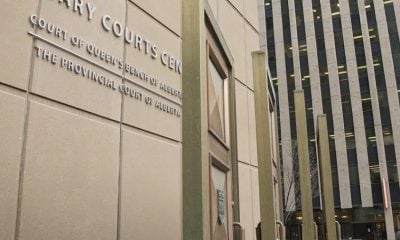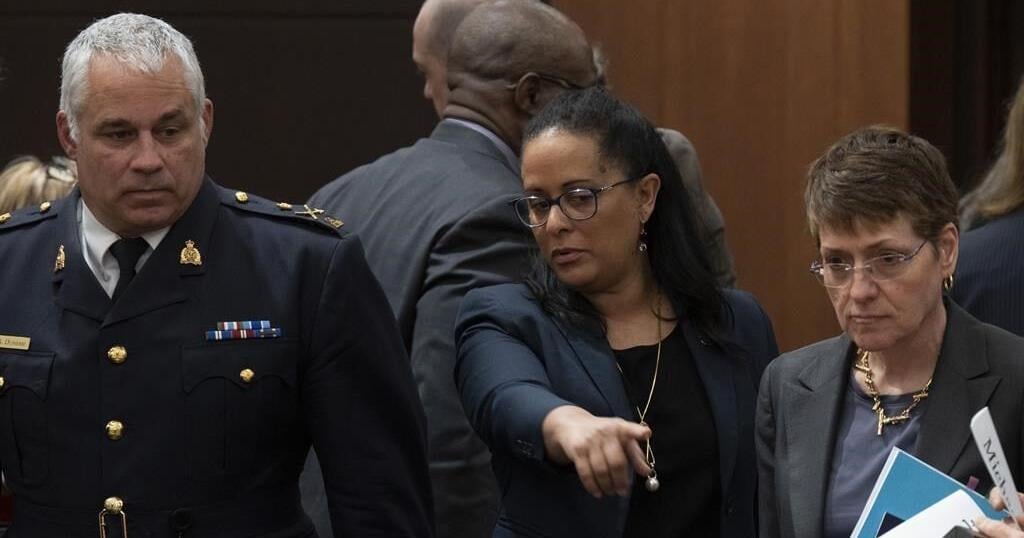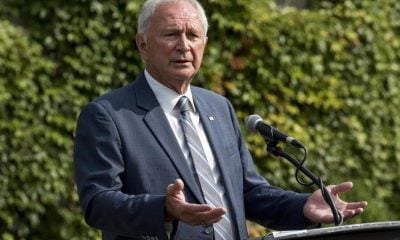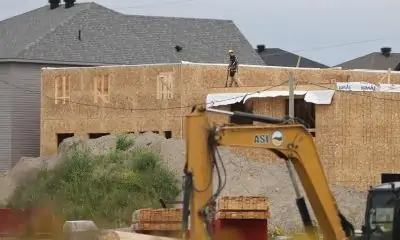As COVID-19 cases slowly but steadily grow in Canada and the world economy moves towards a recession, unity is the name of the game in Canadian politics right now. As it should be.
In Ontario, MPPs from all parties voted unanimously to approve legislation to help workers. On the federal level, there is widespread support for Prime Minister Justin Trudeau’s massive stimulus package to assist workers and shore up the hardest hit sectors.
We don’t know for how long the virus will see Canadian economic life ground to a halt. When it is all over though, the nation will be collectively faced with a big question: What do we do with these new funding initiatives? Do we end them as soon as the last travel restriction is lifted? Do we wait until the markets return to where they were before? Or do we just leave them in place?
It’s that last question that is going to engulf Canadian politics and become perhaps the most existential debate we’ve ever had.
Back in 2009, the Stephen Harper Conservative government rebranded the document previously known as “the budget” to be the Economic Action Plan.
Harper and his finance minister Jim Flaherty were fiscal conservatives who came to office with zero interest in running big deficits. But the financial crisis of 2008 changed everything as G8 nations rushed to inject capital to rescue the nosediving economy.
While Harper eventually put Canada back on track to running surpluses just before he left office, a lot of those supposedly temporary measures introduced in 2009 stuck around and became permanent.
Federal government agencies created to roll out stimulus money still exist today. And the Conservatives never did stop calling the budget the Economic Action Plan.
It seems were are on the cusp of something similar, but this time bigger.
The current plan announced by Trudeau exceeds $80 billion, offering $27.4 billion in direct support to individuals and another $55 billion in deferred taxes. (By comparison, the first announced round of stimulus in early 2009 was $35 billion, to be stretched out over two years.)
The specifics of the Liberal plan include longer-term income support for workers facing decreased hours, income boosts for lower income families and increases to the Canada Child Benefit payment.
Right now, these measures are the responsible thing to do regardless of your political bent due to the unprecedented nature of the situation. But this is also a massive expansion of government, some of which coincides with what socialist activists have been calling for over the years.
When it comes to a guaranteed national income, the Green Party of Canada posted to social media the other day, “outbreak or not, we need to adopt it. And very soon.”
On Thursday, I appeared on Global News Radio Toronto alongside host John Oakley and NDP MPP Peter Tabuns. On air, I observed that when we finally beat back the virus, politicians will be engulfed in a debate over whether these measures become permanent. “Yes, we will have that conversation,” the gregarious Tabuns said in response.
Times of crisis are also times of opportunity for those with an agenda. Politicians and activists who wish for a more socialist Canada know that this is their moment.
Even if COVID-19 does not hit Canada as hard as some of the modelling predicts, the Canadian people have already faced profound economic and psychological disruption. We may be on the cusp right now of an inflection point in human history that brings about fundamental changes both in geopolitics and the way we live our lives. Anything is now possible.
Vladimir Lenin had long wanted a socialist revolution in Russia but the conditions were not ripe until 1917, when the Tsarist autocracy was overthrown and workers rose up in insurrection. The ideologue, exiled in Switzerland, knew his moment had arrived and boarded a train that took him to the Finland station in the heart of Russia. It was then that the Bolshevik Revolution began.
The train has already left the station for Canada. It bears goods we all want and need. We are right to welcome it. Canadians will be faced with a pressing question in the months ahead though: When will be the time to turn it back?

































